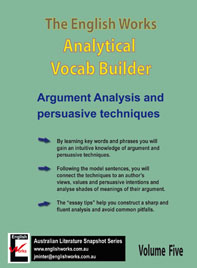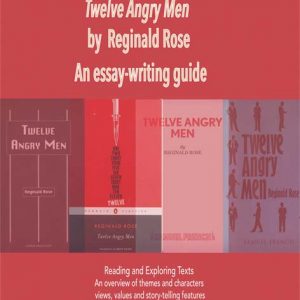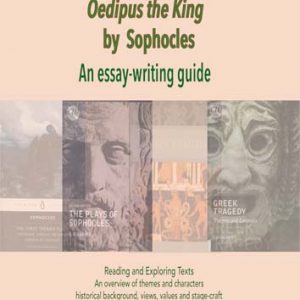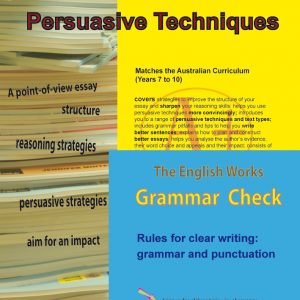
Wednesday 8th February
Thank you for your responses so far. Well done! Based on your responses, and your questions, I’ve summarised the points below. Overall, I’m finding that students are doing a decent job — some better than others.
How can you improve your pieces and stand out?
You must reveal a sound understanding of the nuances of the author’s argument.
- you must analyse – not summarise – how the author’s techniques, words and argument strategies underpin their key ideas and call to action. Therefore your starting point must be the author’s views and supporting reasons. (See pp 12-13) These are critical to a good comparison.
- you need to read the piece holistically and zero in on the main argument techniques and their purpose and understand how they reinforce the main contention and supporting reasons. See Yellow Book, p. 10.
- you need to use analytical verbs – these ensure that you are analysing not summarising. See Yellow Book p. 99; pp 12 – 15
- you need to use analytical sentences; these sentences connect the technique to the author’s viewpoints; See Green Book pp 21; 41
- you need to cluster — not isolate — words and techniques — this enables you to do a deeper analysis based on the author’s key viewpoints; evaluate the purpose on key stakeholders; Green book, p. 16
- Familiarise yourself with the terminology in the Analytical Vocab Builder. These words and phrases help you contextualise analytical terms. They ensure a smart and sharp focus on the author’s key ideas.
- Beware of meaningless jargon — there is a lot of it floating around in the Argument Analysis space. The problem with some jargon is that it fails to establish a sharp connection to the author’s viewpoints. Also be careful of generic and vague statements. (I’ve included typical sentences from pp 12 -19.)
- See Yellow Book, pp 25-27: try to get some “shape” to your paragraph otherwise it is just a list of words purpose words purpose words purpose words purpose. The only way you can get “shape” and depth is to show your understanding of what are the author’s views/ideas and what techniques/words reinforce these ideas. See p. 27
Always start with a dot-point analysis of the authors key viewpoints — please send me your outline.
Return to: 2023 Argument Analysis Sessions





